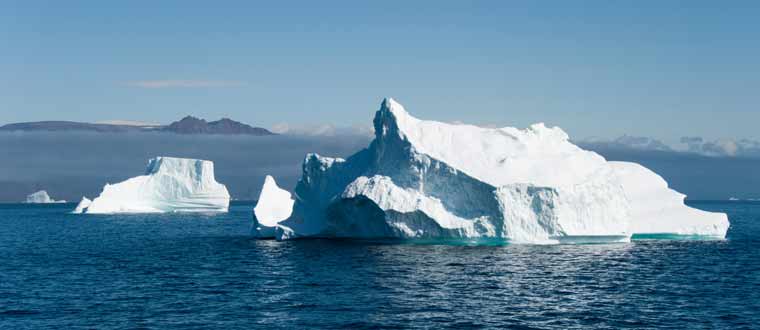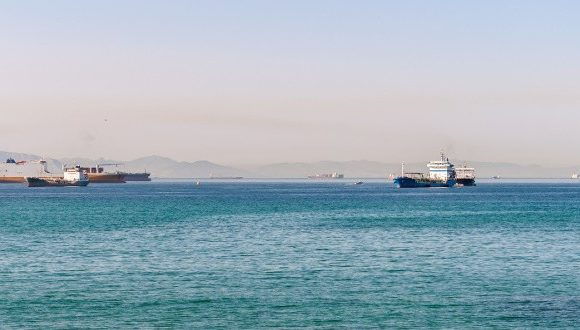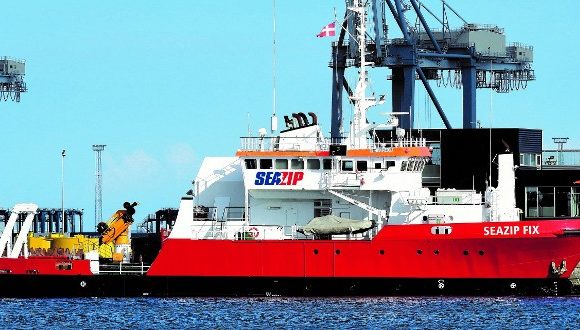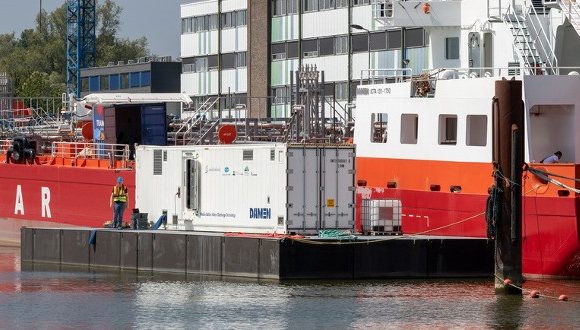Climate Change: Why We Need Glaciers

Glaciers have been on Earth ever since the Earth cooled down enough to sustain them. Glaciers currently cover most of the area from the north pole down to the latitudes of Greenland, most of Canada, all of Antarctica, and some of the world’s tallest mountains. An area covering roughly the size of South America. These glaciers are dwindling. This article will mostly concern the Greenland glaciers, which hold 8% of all of Earth’s freshwater.
What the Greenland glacier does:
The Greenland glacier influences the cycles that help control the weather in the Northern hemisphere, most notably the Gulf Stream, which keeps most of Europe and North America warm enough to live in and not get glaciers of our own, among other things. In addition to the current, the glacier also helps to regulate the amount of salt in the water, which saltwater fish need regulated to stay alive (anyone who has had a saltwater aquarium can attest to this).
What is happening to the glaciers?
Over a ten-year period, winters in Greenland have gotten warmer by an average of 0.7 degrees Fahrenheit every year. This makes it impossible for the glaciers to freeze as much in the winter as they melt in the summer. The glaciers that cover most of Greenland have always been the fastest moving in the world, moving about ten inches per day. Between the years of 1997 and 2003, the glaciers have sped up to 20 inches per day, twice what their speed was in 1997. The melt water makes a lubricant on the ground and makes the glaciers move. The melt is happening fast enough that over 150,000,000 tons of ice is lost every year from the Greenland glaciers, more than all of the ice in the Alps. Greenland has become the center of the study of global warming, due to the huge island’s sensitivity to climate change.
A group known as the IPCC (Intergovernmental Panel on Climate Change), a group of over 130 countries, released a report called “ Climate Change 2007”, which predicts a long, slow deglaciation of Greenland and West Antarctica, which will raise sea levels by 13 to 19 ft that will happen in centuries. However, new data from the Greenland Climate Network, a series of instruments and people headed up by climatologist Konrad Steffen, shows that the warnings in the IPCC study are severely understated. Sea levels could rise 21ft from the Greenland glaciers alone, and in much less time than the IPCC report suggests.
In an article written by lead NASA climatologist James Hansen in 2005 for the scientific journal “Climate Change”, Hansen wrote (in layman’s terms) that the current speed of melt, combined with ever warming temperatures will make the ice sheet melt uncontrollably. Hansen and other climatologists believe that if the Earth Warms another 3.6 degrees, the resulting meltdown in Greenland alone would flood coasts all over the world.
If the glacier melts completely, not only will a large part of our current land mass be flooded, but the ocean currents would be seriously weakened-or even stopped. The Gulf Stream takes warm water from the tropics to warm up Europe and North America, and then takes cool water down to the tropics to cool that area. Warming and cooling effect keeps marine life plentiful (and fishermen’s jobs as well), and the smallest marine life, plankton, even helps remove carbon from the atmosphere. After the melt is finished, we will probably have another ice age rather than warming due to the currents being stopped.
To stop this, the first obvious step would be to stop messing up the planet, but at this point, that would not be enough, even if we could get everyone to cooperate. We have to implement several new Earth-cooling and carbon-reducing projects. While doing research for this article, I came across two amazing ideas that are worth sharing.
Ski resorts in the Swiss Alps have had a lot of success with giving their ice a blanket in the warmest months. The blankets are called Ice Protectors and each has two layers. The bottom layer is propylene, to block heat. The top layer is polyester, to reflect ultraviolet light. The areas that were covered with the blankets have had 80% less melt than those areas that were right next to it. Currently, the only blanketed areas are those that skiers ski on in the winter, due to the fact that only the resorts are paying for them.
The other great idea is so simple; people should have figured it out a long time ago. Simply make more ice, but this is not as simple as it sounds, the project could cost as much as 50 million dollars and would require a lot of water pumps.
The Earth is becoming less hospitable to us every year. If something is not done now, we may have messed up our only place to call home.
















Things aren’t going to change. I wish they would but I doubt it. So many are talking about global warming and its powerful, devastating effects and yet not much is actually done to prevent a catastrophe. We need to talk less and do more, otherwise we will be our own demise.
It’s no wonder pretty much nothing is done to prevent global warming when there are people like Donald Trump who say global warming doesn’t exist! Unfortunately there are those that believe this last statement or choose to go with it because it suits them.